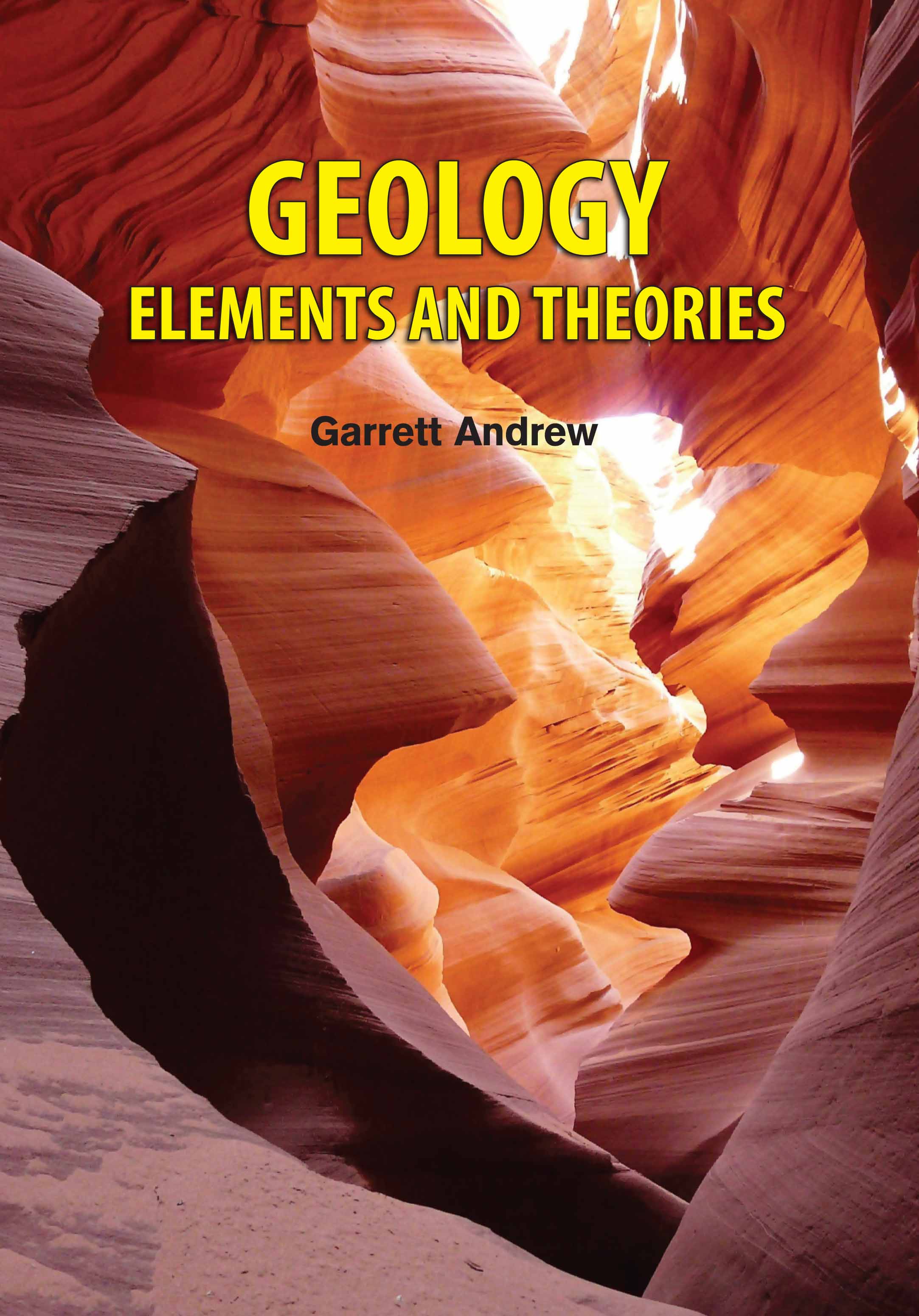About This Book
Engineering geology is a branch of geology that applies geological knowledge to the planning, design,
and construction of civil engineering projects. It plays a crucial role in understanding the behavior of
earth materials, such as rocks and soils, under various conditions to ensure the stability and safety of
infrastructure like buildings, dams, tunnels, roads, and bridges. By evaluating geological hazards such as
landslides, earthquakes, erosion, and groundwater movement, engineering geologists help mitigate
risks associated with construction and land development. The field involves site investigations,
geological mapping, and analysis of subsurface conditions using techniques like drilling, sampling, and
geophysical surveys. Understanding rock mechanics, soil properties, and structural geology enables
engineers to make informed decisions about foundation design, slope stability, excavation safety, and
material selection. Engineering geology is particularly essential in regions with complex or unstable
geology, such as mountainous or seismically active areas. With growing urbanization and climate-related
challenges, the role of engineering geology has become increasingly vital in sustainable infrastructure
development. It bridges the gap between geology and engineering, ensuring that projects are both
technically sound and environmentally responsible. Through careful assessment and planning,
engineering geology contributes significantly to reducing construction risks and enhancing the
longevity of engineering works. Engineering Geology provides a comprehensive understanding of
geological principles and their application in civil engineering projects to ensure safe and sustainable
infrastructure.
Contents: 1. Introduction, 2. Physical and Engineering Geology, 3. Sediments and Rocks: Formation and
Engineering Properties, 4. Mechanical Properties of the Soil, 5. Groundwater Formation, 6. Folds, Faults
and Joints in Geological Structures, 7. Glaciers and Icecaps: Storehouses of Freshwater.

